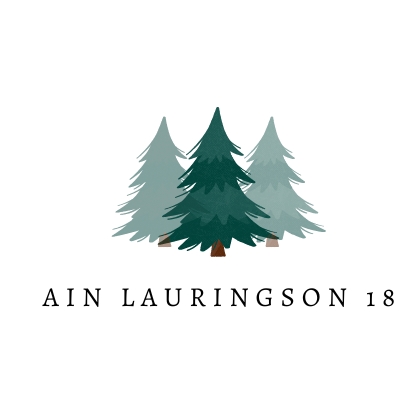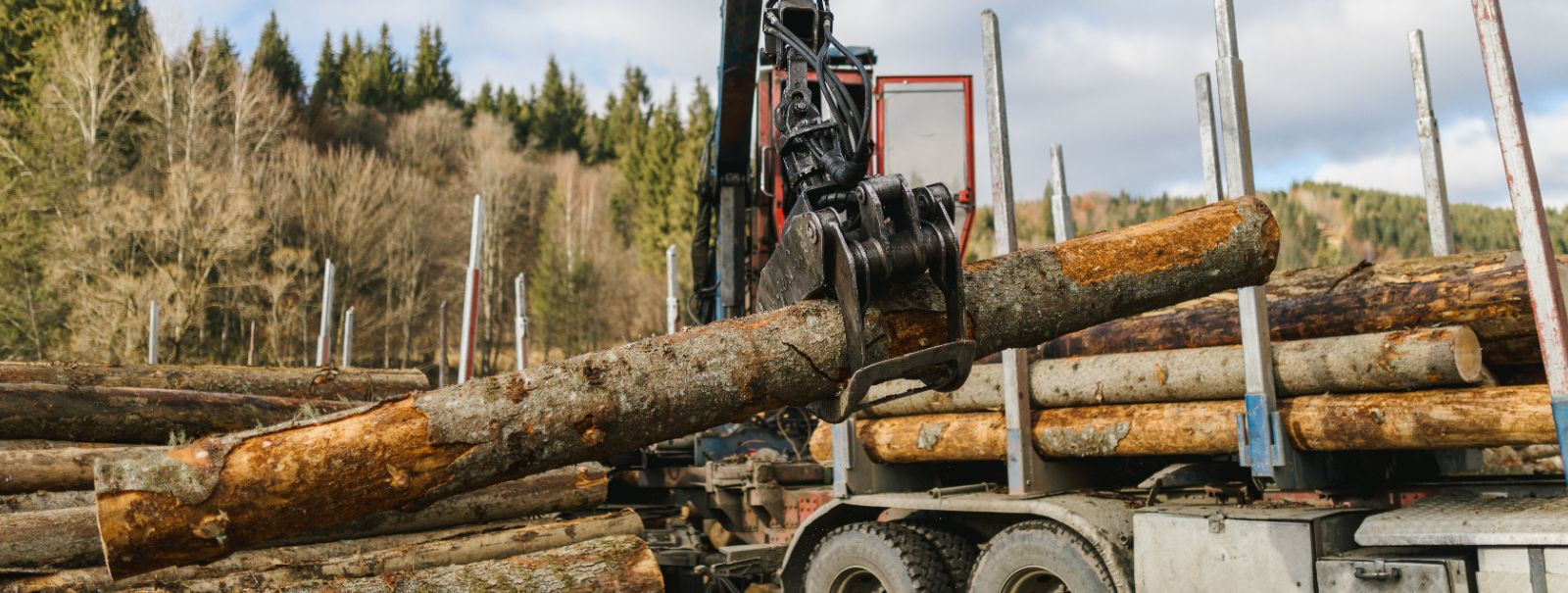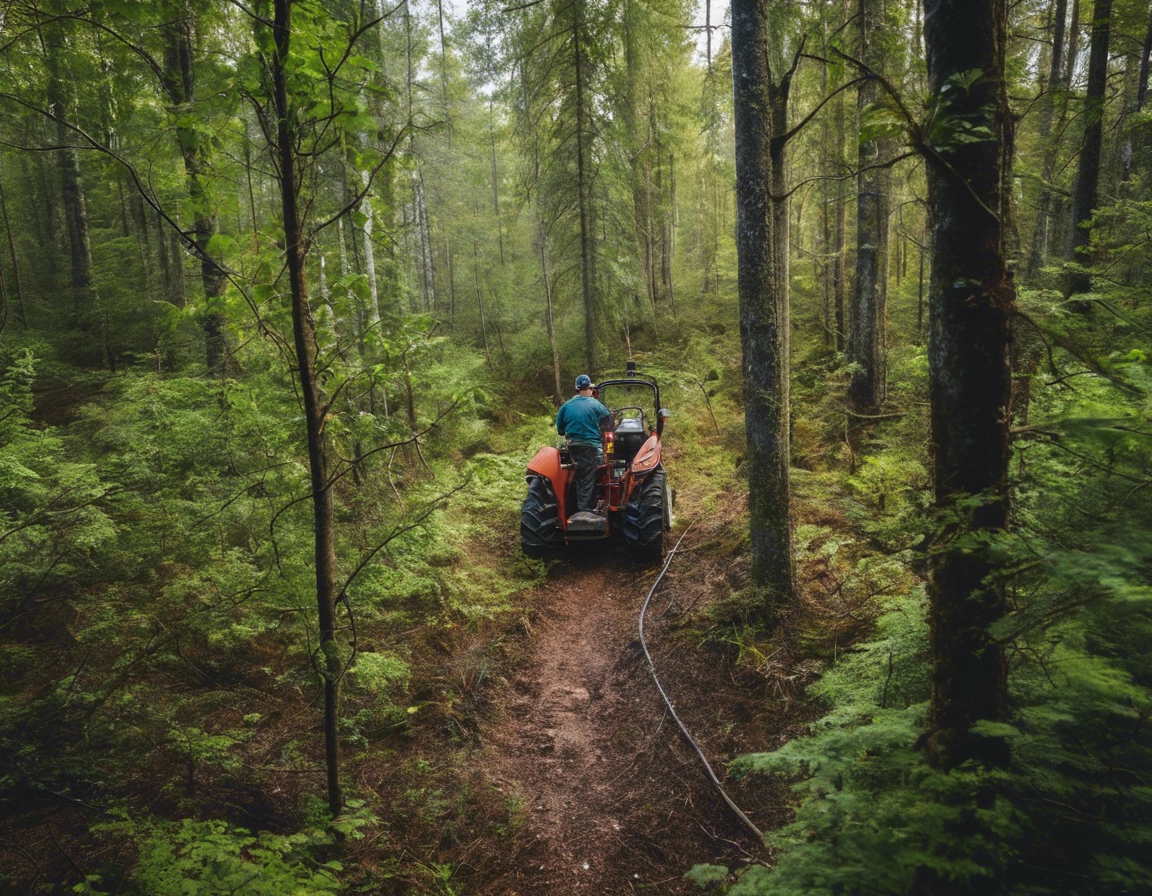The future of sustainable logging in estonia
As the world increasingly focuses on sustainability, the forestry sector is under the spotlight to adapt and innovate. Sustainable logging is not just a buzzword; it's a necessary evolution in the way we manage and harvest our forests. This practice ensures that the needs of the present are met without compromising the ability of future generations to meet their own needs.
Sustainable logging involves careful planning and management of forest resources to maintain their biodiversity, productivity, and ecological processes. It requires a balance between meeting economic needs and preserving the environment.
The forestry industry is a cornerstone of Estonia's economy, but it must also safeguard the country's rich biodiversity and natural beauty. Sustainable practices are essential for maintaining the health of forests and the species that depend on them.
The Current State of Logging in Estonia
Estonia has a robust set of forestry laws and regulations designed to promote sustainable logging. These laws are continuously updated to reflect the latest environmental standards and scientific findings.
Technological advancements have revolutionized the Estonian logging industry, making it more efficient and sustainable. From precision forestry to the use of drones, technology is helping to minimize the impact on the environment.
Sustainable Logging: Challenges and Opportunities
Climate change and habitat destruction pose significant challenges to sustainable logging. Adapting to these challenges requires innovation and a commitment to environmental stewardship.
Sustainable logging presents opportunities for economic growth and social development. By adopting sustainable practices, companies can access new markets and create jobs while contributing to the conservation of natural resources.
Strategies for Sustainable Logging in Estonia
Implementing best practices such as selective cutting, continuous cover forestry, and ecosystem-based management is crucial for sustainable logging. These practices help to maintain forest health and productivity over the long term.
AIN LAURINGSON 18 FIE is at the forefront of sustainable logging in Estonia. With a commitment to best practices and the latest technology, the company is setting a standard for responsible forestry operations.
Technological Innovations Shaping the Future
New machinery and equipment are making sustainable logging more achievable. Innovations such as low-impact harvesting equipment and energy-efficient machinery reduce the environmental footprint of logging activities.
Software and data analytics play a critical role in sustainable forestry. By analyzing data on forest growth, health, and biodiversity, companies can make informed decisions that promote sustainability.
Collaborative Efforts for a Sustainable Future
Collaboration between the public and private sectors is essential for advancing sustainable logging. These partnerships can lead to the development of new policies and initiatives that support sustainable forestry.
Engaging local communities and educating the public about the benefits of sustainable logging are vital for its success. Community involvement ensures that the interests of all stakeholders are considered in forestry management.






Comments (0)